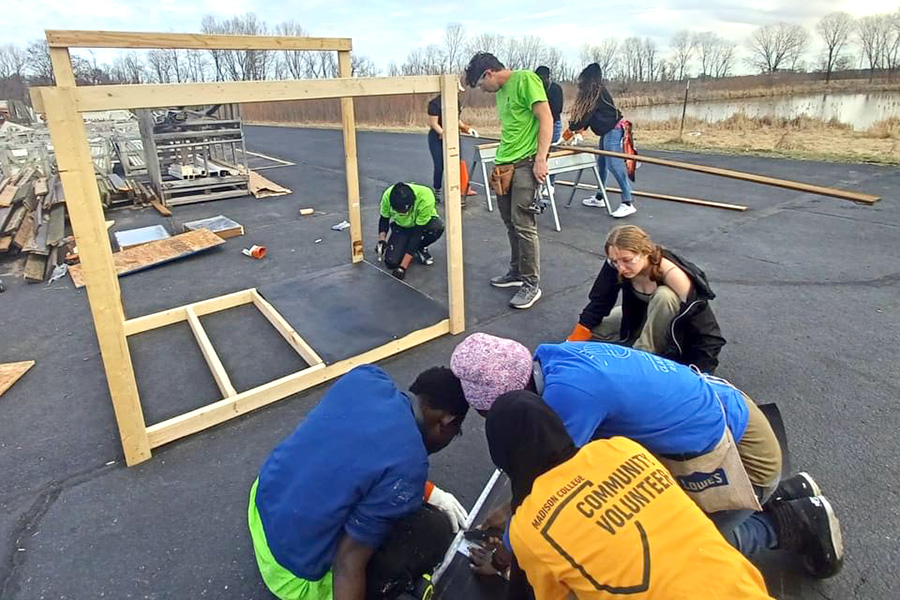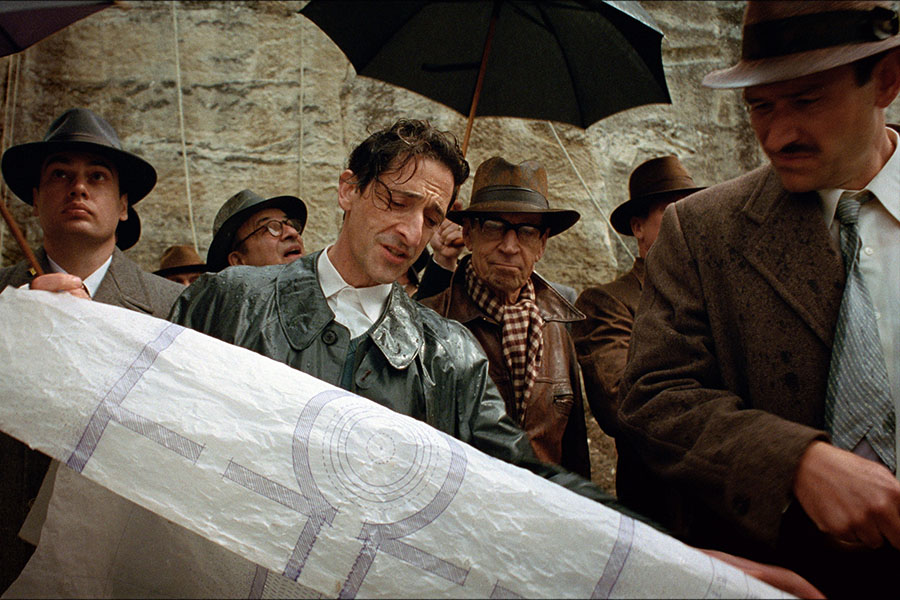WEATHER REPORT
Repeated, slow-moving fronts led to flooding
September 26, 2018
It was a typical beginning of August: summer vacation was ending, students were getting ready for school, college students were getting ready to move onto campus, and parents were struggling between the stress of buying the correct binder color and the excitement of having no kids wandering the house during the day.
What southern Wisconsin residents didn’t expect, was the rain. And then more rain. And then more rain. What caused all that rain and flooding?
The answer, broadly speaking, three separate systems made their way through southern Wisconsin between Aug. 20 and Sept. 5 that produced many rounds of heavy precipitation. What made each of these systems unique was their slow movement.
Timing was also an essential piece to the flooding puzzle: there simply wasn’t enough time between events for the ground to dry out.
Let’s look at each system.
The first event was a mid-latitude cyclone, also known as a low-pressure system, that came through southern Wisconsin on Aug. 20 and into the early morning hours on Aug. 21. Cyclones of this intensity are not common this time of the year, they usually occur later in the fall and winter months. On the afternoon of Aug. 20, the cyclone’s low-pressure center was located over the Iowa-Illinois area with an occlusion front extending from the center north and eastward towards the Wisconsin-Illinois border. A cold front extending from north-central Illinois southward focused southerly winds that brought tropical air (warm and moist) northward to be ingested by the cyclone as fuel. As the occlusion front propagated northward, it brought multiple rain bands that made their way through southern Wisconsin.
As the afternoon and evening progressed, the rain bands were stationary. This means the same areas were getting heavy rain nonstop. As the night wore on, however, the system began to slowly move north-east. Southern Wisconsin continuously received rain both from the fronts and the backside of the cyclone. Delevan even had a brief, weak tornado from this system. By early morning on Aug. 21, the mid-latitude cyclone finally exited the southern Wisconsin area.
Madison received 3.78 inches of rain while areas just west of Madison received record-breaking amounts. Western parts of Middleton accumulated 12 inches of rain while Cross Plains had a staggering 14.7 inches of rain in less than 24 hours. The previous record was 11.72 inches in Mellon on June 24 1946. Overall, this system was unseasonably strong and nearly stationary. Since the storms didn’t move, they just continuously rained in the same areas, causing major flooding.
The next system that came through southern Wisconsin took place on Aug. 27-28. What made this system so impactful in terms of flooding was that it was slow moving and struck only a week after the initial flooding. There wasn’t enough time for the ground to dry out before this next system came through. Throughout the evening and overnight hours between Aug. 27-28, a stationary front made its way from the west and into southern Wisconsin. That night, areas north of Madison received the most rain, with Mauston recording 7.8 inches and Madison recording 0.21 inches. South-westerly winds advected warm, moist, unstable air into southern Wisconsin which acted as fuel for the convective systems that developed as a result of the stationary front.
During the afternoon and evening of Aug. 28, the convective storms organized themselves into what is known as a quasi linear convective system, or QLCS. This is basically a fancy term for a continuous line of storms, also referred to as a squall line. The QLCS entered in far south-west Wisconsin and moved north-east across the state. It produced heavy rain, strong straight-line winds, and even a handful of tornadoes further west in Marquette, Green Lake, Fond Du Lac, and Sheboygan counties. In addition to the front, an outflow boundary (air left over from a prior storm) was present extending from Lone Rock south to Chicago. This outflow boundary further enhanced the precipitation potential.
With the slow movement of the front, southern Wisconsin remained in an environment able to sustain rain and storms. Therefore, the storms continued to develop throughout the afternoon and evening of Aug. 28. The saturated ground then received more rain and raised the flood levels. With the passage of the QLCS, the Wisconsin Dells-Montello region received an additional 1.98-2.47 inches and Madison received 0.91 inches of rain. This may not seem as staggering, but it added to the already flooded areas.
The third and final rounds of rain made their way through southern Wisconsin on Sept. 1-5 bringing persistent rain into flooded areas. On Sept. 1, strong warm air and moisture advection primed the environment to sustain convective storms later during the day. Precipitation totals that night in Madison reached 0.85 inches. By Sept. 2, a stationary front made its way into the region along with warm, moisture rich air. The warm, moist air was able to focus along that front to support sustained convection over the southern Wisconsin. This environment persisted through Sept. 3. Precipitation totals at the end of the night in Madison accumulated to 0.58 inches with values as high as 4.78 inches recorded in Mauston. On Sept. 5, a cold front slowly made its way through Wisconsin. Again, warm, moist air was advected ahead of the front that acted as fuel to produce rain. By the end of the day, Madison received an additional 1.06 inches.
The front finally exited Wisconsin by Sept. 6, with beautiful, cooler, and dryer weather behind it. National Weather Service in Milwaukee/Sullivan reported an estimated 11.43 inches of rain in Madison in the three-week period from Aug. 16- Sept. 6. That’s a lot of rain!






























